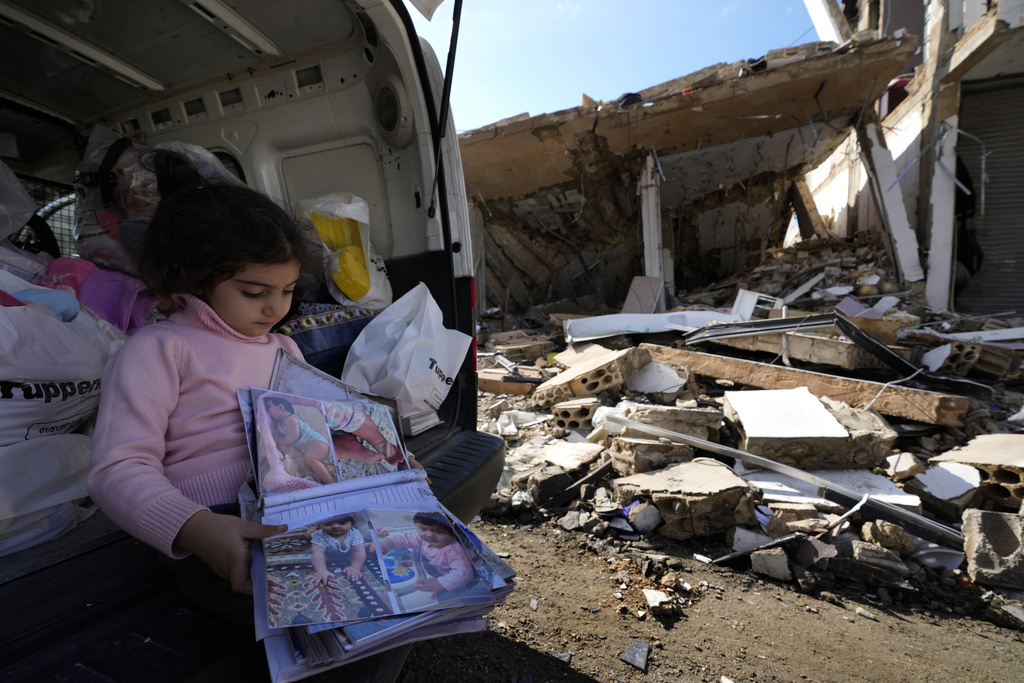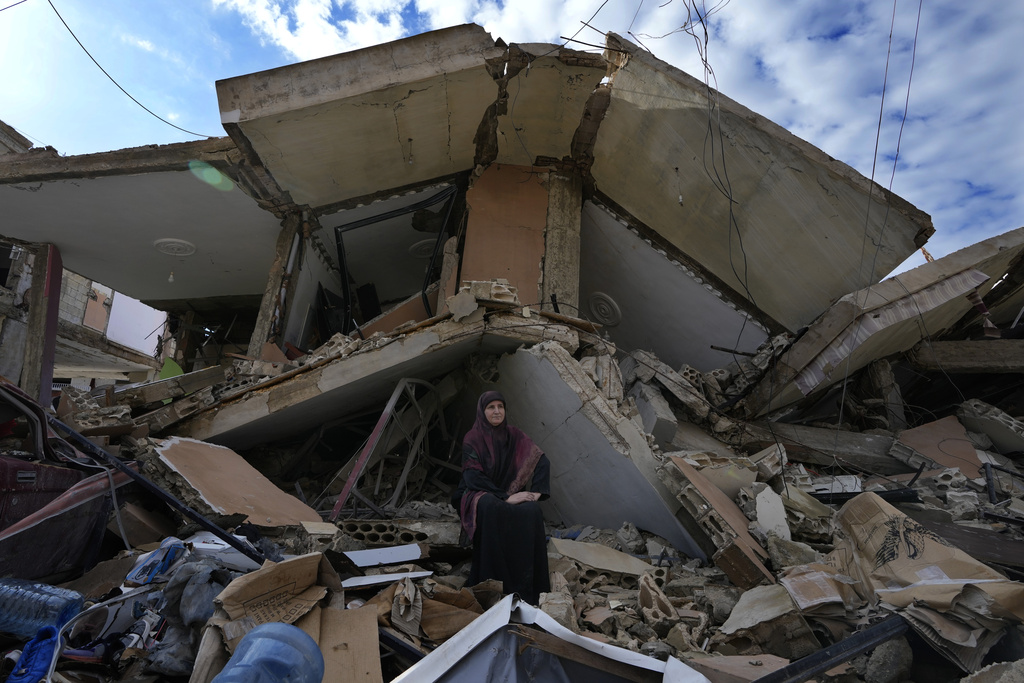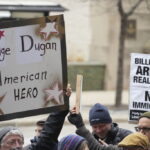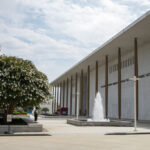Lebanese Families Return to Ruins After Ceasefire Agreement \ Newslooks \ Washington DC \ Mary Sidiqi \ Evening Edition \ In the aftermath of a U.S.-mediated ceasefire between Israel and Hezbollah, Lebanese families are returning to devastated homes in the south. Israeli airstrikes destroyed neighborhoods, displacing nearly 1.2 million people and causing billions in damage. Families like Mariam Kourani’s and Ali Saleh’s face the challenge of rebuilding amid staggering losses, uncertainty about reconstruction aid, and profound grief for loved ones lost in the conflict.

Lebanon Ceasefire Aftermath: Homes Lost, Lives Shattered
- Ceasefire Brings Return: Families displaced by Israeli airstrikes are revisiting their homes, many reduced to rubble.
- Mass Displacement: Nearly 1.2 million people were forced to flee during the conflict, which leveled entire neighborhoods.
- Housing Devastation: Over 100,000 homes were damaged or destroyed, with reconstruction costs estimated at $3.2 billion.
- Personal Losses: Families like Mariam Kourani’s lost not just homes but businesses and dreams.
- Historical Sites Damaged: Areas like UNESCO-listed Baalbek suffered destruction, further amplifying the cultural loss.
- Reconstruction Uncertainty: While Hezbollah and Iran offer support, funding remains unclear amid economic sanctions.
Deep Look
For residents like Mariam Kourani, the ceasefire is only the beginning of a long journey to rebuild shattered lives.
Dreams Reduced to Rubble
Mariam Kourani, 56, returned to her village of Hanouiyeh after weeks of displacement, only to find her home and restaurant destroyed by an Israeli airstrike in late September. Walking through the debris, Kourani and her family salvaged fragments of their lives, including some of her granddaughter’s clothes and toys.
“This was my house, my dreams, and my hard work,” Kourani said, her voice breaking. The family estimates their total losses at $120,000, a devastating blow after years of running a butcher shop, a serving container business, and a small restaurant.
Mass Displacement and Devastation
The scale of destruction is staggering. Nearly 100,000 homes were partially or completely destroyed, with southern Lebanon, Hezbollah strongholds in Beirut, and the eastern city of Baalbek among the hardest-hit areas. Entire neighborhoods lie in ruins, forcing families to navigate grief and financial hardship simultaneously.
In Baalbek, 34-year-old Souad al-Outa returned to what was left of her family home, shocked by the devastation. Strikes earlier this month had killed multiple people on her street, including relatives of her husband. “I feel like my heart has come out of its place,” she said, staring at the remnants of her children’s bedroom.
A History of Loss
“All the memories are gone,” Saleh said, as he surveyed the rubble with his wife and children. His village, Aita al-Shaab, bore the brunt of intense fighting, leaving him and many others searching for shelter nearby. “It is a disaster-stricken village,” he added, mourning the loss of his home and community.
Rebuilding Amid Uncertainty
The World Bank estimates $3.2 billion in housing damage, but who will finance the reconstruction remains unclear. Iran, a staunch ally of Hezbollah, has offered support, but Western sanctions and its own economic struggles complicate its ability to help. Hezbollah has promised temporary housing for displaced families and pledged to assist with rebuilding, but resources may be stretched thin.
Cultural Losses and Resilience
The destruction extended beyond homes to historical landmarks. In Baalbek, a UNESCO World Heritage site renowned for its Roman ruins, entire neighborhoods were leveled. This cultural devastation compounds the sense of loss for residents who take pride in their heritage.
Yet, resilience remains a common thread among survivors. In the village of Qana, near Tyre, Abu Ahmad Salameh surveyed the ruins of multiple family homes, pulling two carpets from the rubble. “All this damage can be rebuilt,” he said. “This is our land, and we will stay here no matter what.”
Human Cost Overshadows Material Losses
Back in Hanouiyeh, Kourani reflected on the deeper cost of the conflict. “Israel has filled our land with blood. Our big loss is our men,” she said, acknowledging the lives lost, including friends, relatives, and Hezbollah fighters.
Her sentiment resonates with many families who, despite the material devastation, feel the weight of human tragedy most acutely.
The Road Ahead
While the ceasefire brings temporary relief, the long-term implications of the conflict, both personal and political, remain uncertain. For now, the people of southern Lebanon are clinging to hope and resilience, determined to reclaim their homes and lives.
Lebanese Families Lebanese Families







